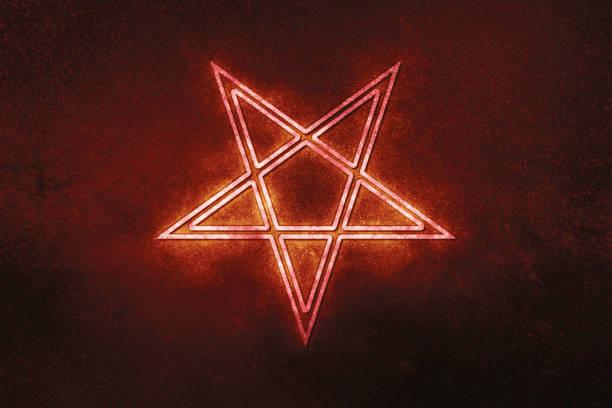The year was 1980, and conservatism and the religious rights were on the rise in response to the idea of the “nuclear family” being challenged. No longer were all women housewives; the feminist movement and a recession had left women going to work and children going to daycare. Having children in the hands of other adults exposed the issue of child sex abuse.
To understand this horrid reality, the Christian religion was used. The perpetrators or suspected abusers were associated with Satan, specifically Satanic cults where abusing children was a ritual. Rumors of these cults spread fast.
In 1983, the book Michelle Remembers was released. This novel about a psychologist with a patient who was a victim of a child abusing satanic cult, had at its core the idea of the Satanists repressing memories of the abuse. This was influential as it gave child sex abuse cases, which were facing public pressure to be handled swiftly, a new tactic.
While people were already being accused of being Satanists, using the reasons of listening to rock music (it was the devil speaking to you), playing Dungeons and Dragons (a game which supposedly promoted witchcraft and devil worship), and/or differing from what was considered ‘socially acceptable/the Christian ideals’ ( having tattoos, et cetera), prosecutors could now use suggestive statements acquired from asking leading questions and intense interrogation of suspects for their arguments.
Michelle Remembers, with the idea of repressed memories, increased the prosecution’s arsenal as it allowed new ‘evidence’ in the form of Satanic memory locks. These locks, when using certain treatments, could be undone and coincidentally provide the proper testimony for cases to be won.
Some major cases at this time were the McMartin Preschool case, which was about staff members being accused of molesting the children, and the West Memphis Three, a young murdered boy was suspected of being killed by three local teenagers. The police investigations in these cases were handled improperly and led to the suspects being put away on inadequate evidence based on these Satanic ideals.
In the case of the Memphis Three, it was due to them being edgy teens who listened to rock music and had tattoos. The Satanic Panic as a whole, showed the extent to which religion was interwoven in government and how that allowed the fear of the public to take hold of justice and allow it to persecute those who did not fit the conservative, Christian mold.
Outcomes of this event are the pop culture references such as Dungeons and Dragons, rock music, et cetera, being signs of devil worship and groups (such as the Satanic Temple) protesting against allowing Christianity or any specific religion to be as heavily connected to the governments in the United States again.









